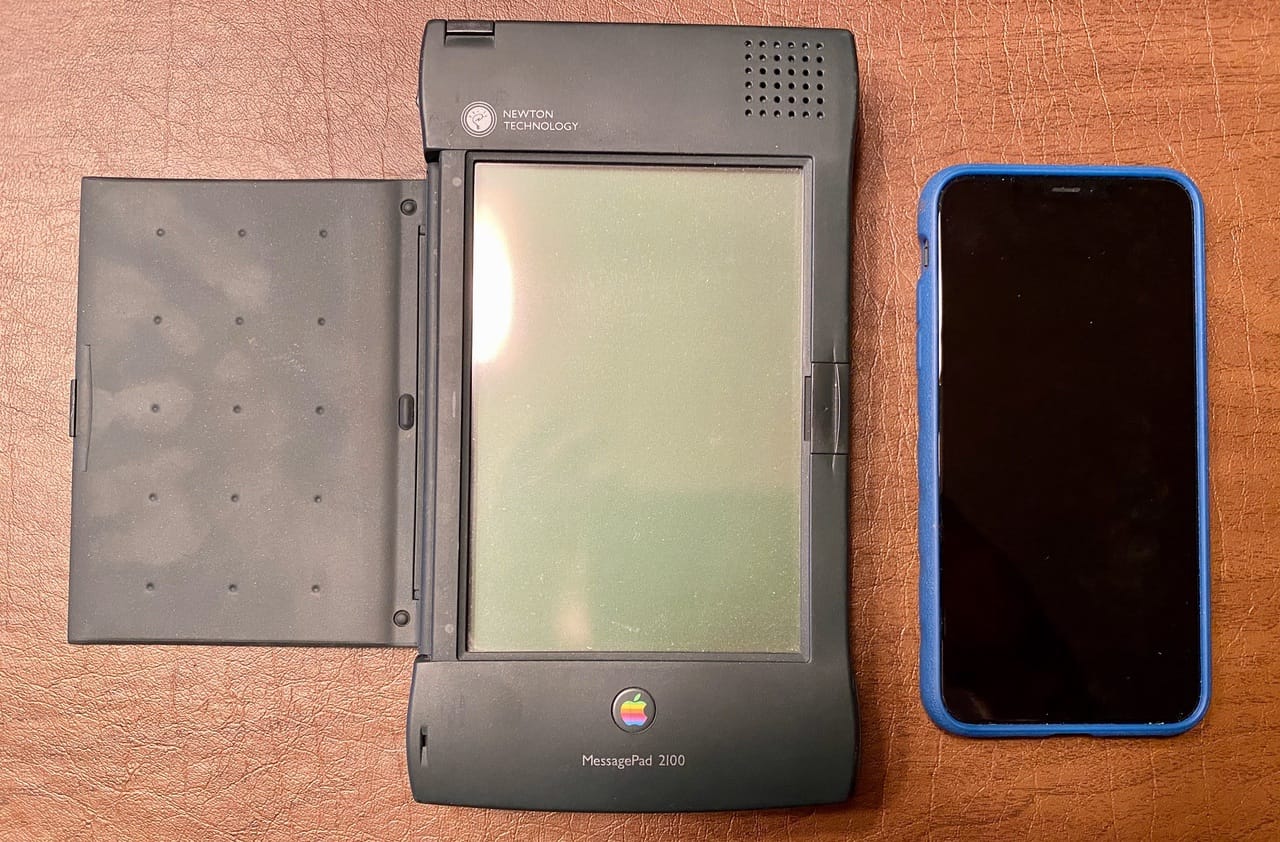
All photos ©2020, Steven Sande, except where noted otherwise.
I recently shared a story about a piece of Apple hardware in my personal “museum” — the Apple QuickTake 100 Digital Camera, the first popular consumer digital camera. Today we’re looking at another groundbreaking piece of hardware from Apple that inhabits my bookshelf — the Apple Newton MessagePad 2100.
The Newton MessagePad series was truly a product line that was ahead of its time. It was the most highly anticipated product of the early 1990s, offering many smartphone features — without the phone, of course — in a portable package. The devices (starting with the Original MessagePad in 1993 and continuing until the MessagePad 2100 in 1998) had a controversial life and never really achieved the mass popularity hoped for by the man who shepherded the Newton MessagePad through its development — John Sculley.
Sculley coined the term “personal digital assistant” (PDA) to describe a small portable device that could act as a notepad, calendar, clock, to-do list, and perform other functions using a stylus to write on the screen and make editing gestures.
By the time the Newton was discontinued in 1998, another PDA had caught the attention of the public – the PalmPilot. This stylus-controlled device was truly pocketable, easily synchronized with Mac or PC, had a very good battery life, and used a handwriting recognition system (Graffiti) that was very accurate, although it forced the user to learn how to draw letters a specific way.
The PalmPilot morphed into the early smartphones – the Palm Treo was the phone I had just before buying my first iPhone in 2007. After that point, there was no more need for Palm devices. That company has returned with a small, Android-based smartphone, but it has lost both the stylus and the market recognition of the early 2000 devices.
The First MessagePad
The first time the world heard details of the Newton MessagePad was at the Chicago Consumer Electronics Show in May of 1992, and that’s when I became utterly obsessed with the concept. The thought of owning a relatively small “computer” that would read my handwriting, be able to send and receive faxes (a big thing at the time) and email, beam messages and data to other Newtons via infrared, and run on a handful of AAA batteries seemed like magic.
The technology promised was game-changing at the time. A pen computer with “Newton Intelligence” — a foretaste of Siri and other intelligent assistants — was unheard of in 1992. Being a baseball fan who likes to score games, my first thought is that I could create a baseball scoring program (we didn’t call them “apps” at that time) for Newton. Although I didn’t have any C++ programming experience or know exactly what the NewtonScript language would entail, I jumped at the chance at programming one of these devices.
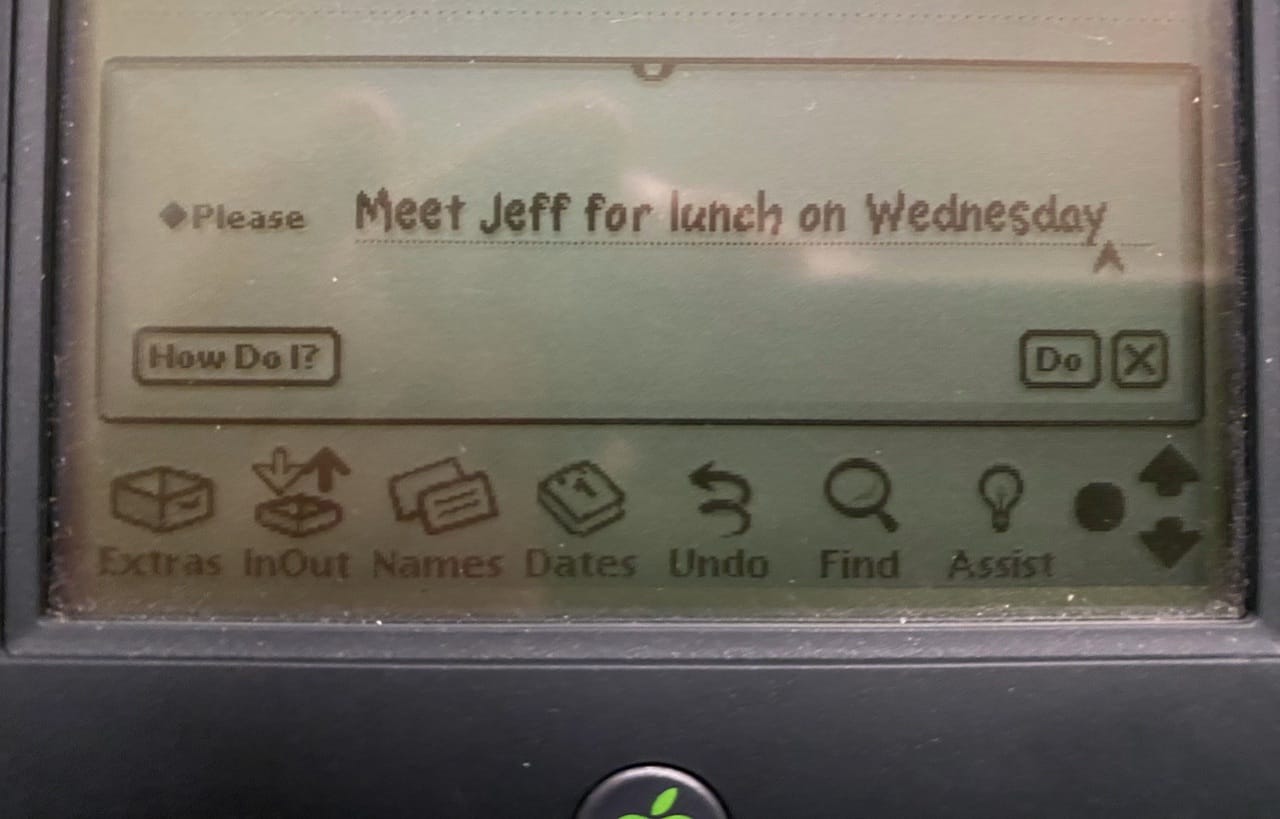
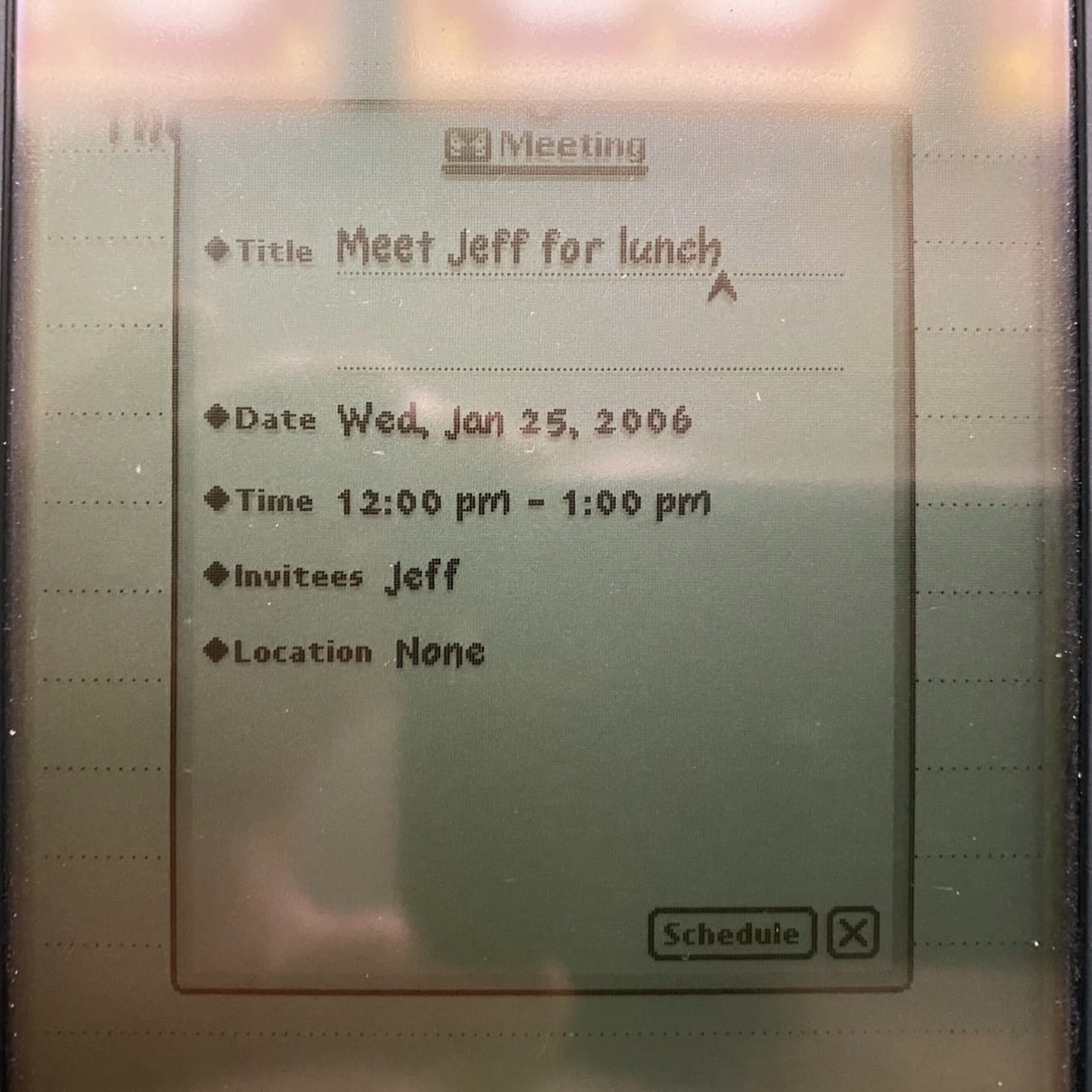
As you can imagine, a device this advanced went through delay after delay, finally being released at MacWorld Expo Boston on August 2, 1993. I didn’t go to MacWorld Expo Boston that year, but an employee of mine was in attendance and stood in line to buy three of the devices — one for himself, one for me, and one for a friend. He FedEx’d the device to me, so I had the first Newton MessagePad in Denver, Colorado on August 3 (of course, the local Apple office probably had some in their hands earlier, but…).
MessagePad 100
The first MessagePad was in a way a very prescient device for Apple, as it was the first Apple product to use an ARM (Advanced RISC Machines) processor. Today, of course, all Apple products with the exception of the Mac use ARM-based processors, and the Mac will begin switching to Apple Silicon later this year. It all started with the MessagePad in 1993.
That single-core ARM 610 processor had to do a lot of work, running the black and white 336 x 240 pixel display, running apps, doing handwriting recognition, and talking to various accessories through a built-in PCMCIA port. Sadly, the first MessagePad was quite deficient in many ways.

First, the handwriting recognition (developed by Russian developer ParaGraph) was horribly inaccurate, needing a long time to begin “learning” a user’s printing or cursive writing. It was mocked both by the Doonesbury comic strip and an episode of The Simpsons, which didn’t help sales at the time.
The OMP (Original MessagePad or MessagePad 100) also had horrible battery life. On the first day of use, I think I went through two sets of four AAA batteries. If you didn’t change the batteries prior to them being completely drained (and keep at least two batteries in the device while switching), the device lost everything in storage, including its data on your handwriting style. I quickly resorted to rechargeable AAA batteries, with two sets that I could switch out when the low battery warning appeared on the screen.
On the positive side, when the Newton technology worked, it was a glimpse into the future. All of the programs used a common data store or “soup,” so programs could actually borrow data from each other. A well-trained MessagePad could understand my scrawls pretty well, and being able to draw rough shapes and have them turned into perfect vector representations was cool. The infrared “beaming” capability was a lot of fun in meetings — those of us at our company who had MessagePads would appear to be taking notes while actually sending our friends messages, kind of like early texting. This was pre-Bluetooth, mind you, so the ability to send business cards, calendar events, messages, and notes through infrared was impressive in 1993!

At one point, I purchased a Newton Fax Modem PCMCIA card, which offered speedy 2,400 baud data transmission and could also send and receive faxes at 9,600 and 4,800 bits per second respectively. Sending faxes to people from a “pocketable” device was incredibly cool. My cohorts and I did some amazing things with the Newtons (for the time), including using a portable acoustic coupler and an early cell phone to tie into our company email system. In 1995, I used that same acoustic coupler, my Newton Message 120, and Apple’s eWorld to send messages to my buddies from various places in Europe. It didn’t always work because of the disparity in phone systems in different European countries at the time, but it was an early glimpse of our current connected lifestyle.
My wife and I used to do a lot of tent camping, and one vivid memory is of using my Newton, a cell phone, and that acoustical coupler in the mid-1990s to send an email or two to my employees from a tent at Colorado National Monument. The campgrounds at this beautiful site are within cell tower distance of the city of Grand Junction, Colorado, so doing this was a foretaste of what we do every day with iPhones.
Later MessagePad Models
During the lifetime of the Newton MessagePad, I owned just about every model at one point or another — at that point in time, there was a developer discount of 50% on the hardware, so it was easy to quite easy to swallow the $900 (or more) suggested retail cost.
MessagePad 110
The MessagePad 110 came out in 1994 and had much better battery life thanks to using four AA batteries in place of the AAAs in the original model, a slightly different form factor, more RAM (1MB), a flip-over door that covered the screen when not in use, and an improved version of Newton OS. My MessagePad 110 was unique: Apple created a “Developer Edition” Newton with a see-through case. Why I didn’t keep this incredible unit is beyond me… other than the MessagePad 120 came out soon after the 110 and I needed the money raised by selling the 110.
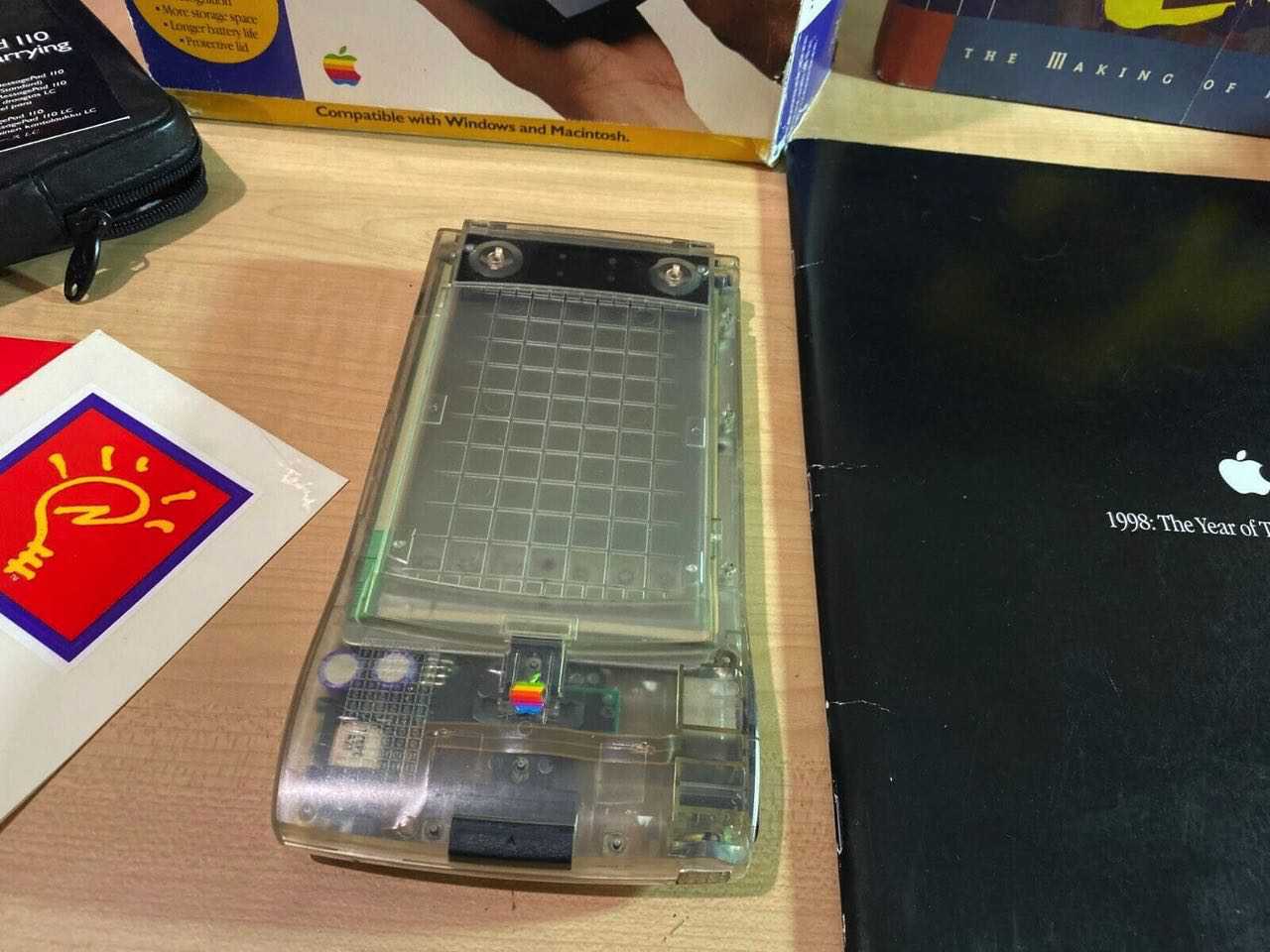
MessagePad 120
The MessagePad 120 arrived on the market just seven months after the MessagePad 110 and featured double the ROM (8 MB), and up to 2 MB of RAM. It was also the first Newton product to feature non-volatile flash memory, so it could “survive” a power-free situation without losing all of the data stored on the device.
Several other manufacturers were actually licensing the Newton technology from Apple at this time, including Sharp (which was a manufacturing partner), Digital Ocean (the Tarpon and Seahorse), Harris (SuperTech 2000), and Motorola.
The Motorola model was extremely unique, as it was wireless — the Marco, as it was called, used the ARDIS data network and users could actually send and receive email and text messages anywhere on the ARDIS network. I didn’t buy the Marco — my attention was captured by another Motorola wireless device, the Envoy… Let’s just say that it was very expensive to use ARDIS; I remember paying about $200 a month for deadly slow service, and that was just for sending a few dozen emails and texts.
MessagePad 130
The next version was the MessagePad 130 (early 1996), which featured 8MB of ROM and 2.5MB of RAM. While it used a 320 x 240 pixel black and white screen that wasn’t all that different from the previous models, it was the first MessagePad with a backlit screen.
MessagePad 2000
The big change came in March of 1997 with the introduction of the MessagePad 2000. Once again, it had a slightly different form factor, but the major difference was under the hood. Using a StrongARM SA-110 CPU running at 162 MHz (about eight times as fast as the ARM 610 used in previous models), the 2000 also had 4 MB of Flash memory installed, which allowed it to retain data even when unpowered. The screen was larger, 480 x 320 pixels, and greyscale (16 shades). With two PCMCIA card slots, you could have extra storage and a modem installed simultaneously.
MessagePad 2100
The MessagePad 2000 and the 2100 (arrived eight months later) were quite similar, with the MessagePad 2100 edging out the 2000 with 8 MB ROM, 4 MB RAM, and 4 MB of Flash memory. Both of these units ran what most consider to be the best version of Newton OS — 2.1. This version featured an additional handwriting recognizer called Rosetta (Apple loves that term!) that was optimized for printed text only. It was highly accurate and finally made the device a productivity tool. Sadly, this was shortly before Steve Jobs axed the project.
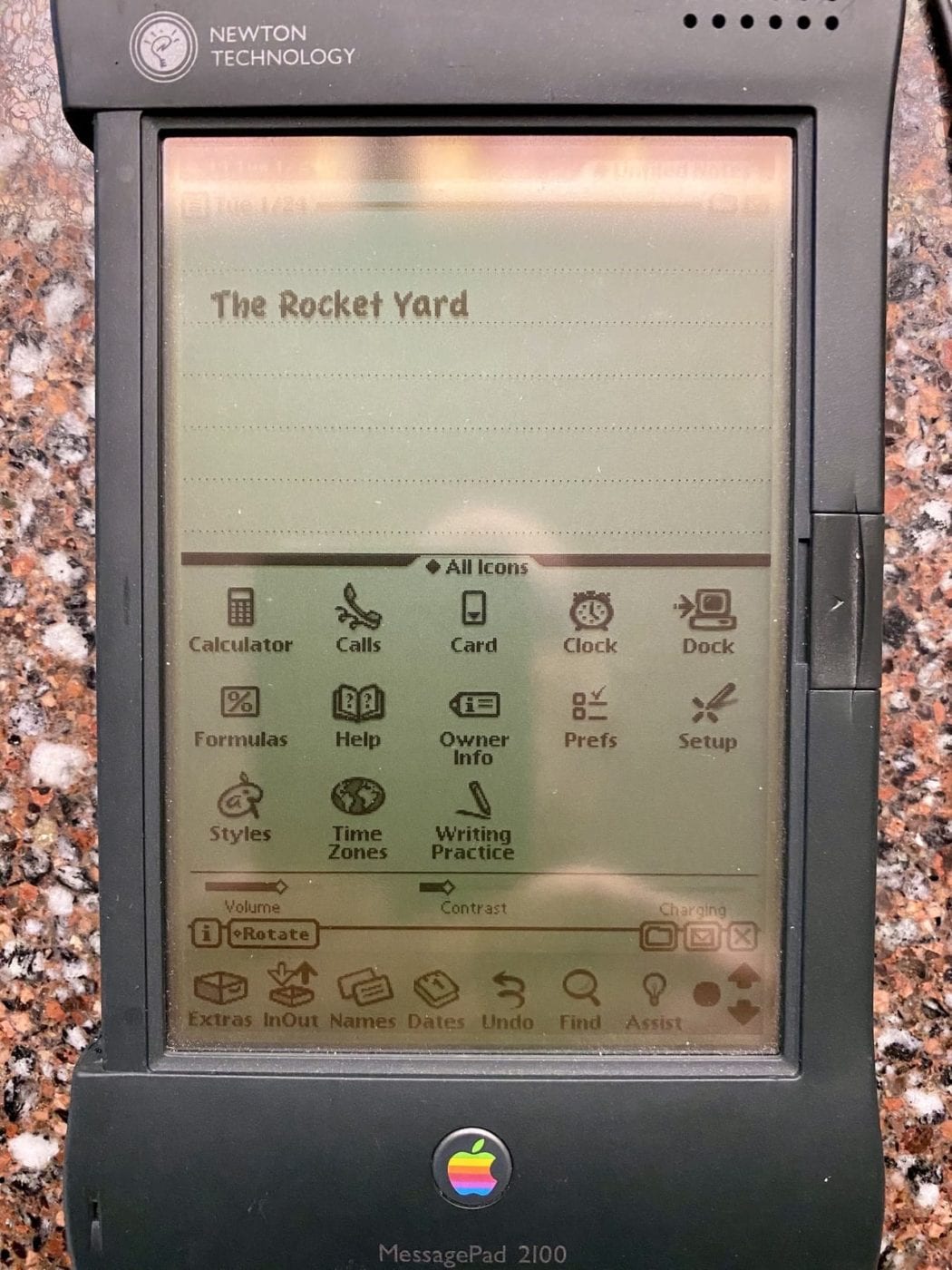
The MessagePad 2000/2100 also had an optional keyboard that could be attached to the device, and the device could switch between landscape and portrait modes. About this time, Apple also created the eMate 300, which was a keyboard-based Newton device in a green translucent clamshell case. It was kind of a mashup between the iBook (1999) and the MessagePad, running the same version of Newton OS used in the last MessagePads, but running a much slower ARM 710a CPU at 25 MHz.
I thought (and still do) that the eMate looked like a child’s toy, but the MessagePad 2100 with the keyboard was an amazing portable computer that beat any contemporary laptop in terms of size and weight.
The MessagePad Influence
This is one Apple product that still amazes me, 23 years after I purchased it. Plugging it in this morning and being able to work with it – with zero boot time – was like a miracle. The Newton MessagePad, although stymied by being released in a world that didn’t really understand the importance of ubiquitous computing, is a device that laid the groundwork for two later and highly successful Apple products – the iPhone and iPad.
When viewed through the eyes of someone who used a Newton device every day between August of 1993 and well into the early 2000s, just about every current Apple product includes some of the DNA of the MessagePad.
Even the Apple retail stores owe their lineage to Newton. At one point, there were Newton-only stores called “Newton Source” in New York, Los Angeles, San Francisco, Chicago, and Boston. The stores had the red and yellow Newton light bulb logo in neon outside, and provided a way for anyone to learn about the Newton platform in a very “Apple Store” way. There were no counters, and the stores had oval desktops where people could try out the Newton products.
The Newton MessagePad line is a perfect example of a product “failure” that was simply a product well ahead of its time. Had it appeared ten years later in 2003, with cellular data connectivity and a smaller form factor, it would have jump-started the iPhone revolution four years earlier.

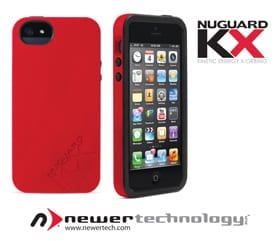
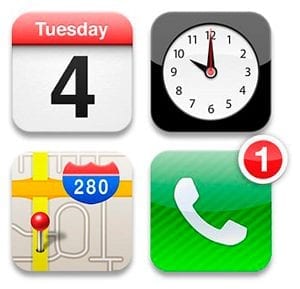
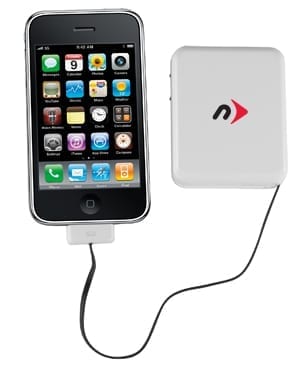
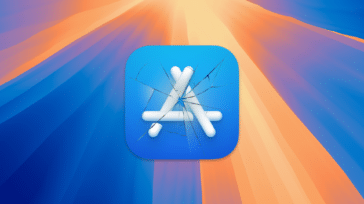
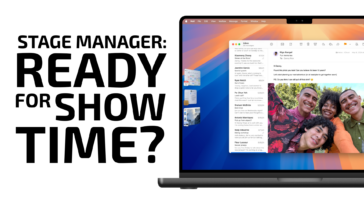

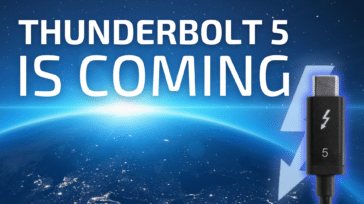


Hello Steve, We are 28 years from the introduction of the Newton 2100 (wow, talking about old stuff) Well, actually the Newton 2100 with an ‘Option pcmcia GSM card’, it turned it into a true gsm phone (note the place of the speaker and the mic on the Newton 2000/2100). Also the 3Com etherlink3 pcmcia nic , and others worked flawless after flashing that card. So .. yeah a well ahead of its time design. Quite a few pcmcia devices could be get to work in the Newton. Too bad that it drains batteries fast with those 2 cards in. The IR section is uhm, superb. It controls everything when you’re handy enough. But then, I have the keyboard and the etui, which makes one nice package, the whole ‘shebab’ complete. When you’re stationary you just plug the adapter in. It was a very nice ‘thing’. I loved it and I still love it. But … there’s always a but … The problem was the way serialisation for developers was implemented, which was crudly said ‘based on a hypercard stack’ which isn’t too hard to ‘bypass’ (lucky for us peasants) So, when Steve returned and noticed that, he immediately scrapped the project as, apart from just sales, no money could be made, nor for developers. I don’t think mr. Scully ever would have thought that it would become such a cult device. Serialisation is not a problem, so every package that ever was developed is, uhm, usable :-)
I have a prototype of an unreleased Newton that has a hardware addition to smoke a bowl, as well as a bud grinder on the side. Wonder how close these came to release?
Wow! That article really brought back some great memories! I had completely forgotten that I had owned a MessagePad LOL.
Thanks for the stroll down memory lane!
I had one of these. You know it was something if Saturday Night Live spoofed it on one of their shows.
I still have mine kicking around somewhere. What I loved was being able to sync contacts and calendars and have them at my fingertips wherever I was. I’ll have to find it and see what model it is and if it still boots.
My PalmPilot which replaced my Newton is also in my boneyard. I loved the fact that I could have my calendar and contacts with me at all times since it easily fit in my fanny pack.
Posted on Newtontalk.net by Matej Horvat on 24 Aug 20:
[NTLK] Newton appears in Apple developer video
There’s a MessagePad 2×00 visible starting at 13:48:
https://developer.apple.com/videos/play/wwdc2020/10087/?t=828
Fun fact: I used Palm’s software on my first Newton. The handwriting recognition of the Newton was horrible. Palm’s software made it excellent to use.
I still have my Palm V in Millennium Blue. Still works and it’s kinda fun to tinker around with.
Again: thanks for all the memories of tech past.
I agree that the first iteration of the Newton’s handwriting recognition (HWR) was sub-par. It worked well for me the first time I used it, but other user’s mileage varied significantly. Later versions of the Newton HWR were far superior and quite useful.
As for the Palm’s Graffiti software, it was originally developed for GEOS and Magic Cap devices, later adapted to the Palm and Newton OS platforms. It worked well as a simple input method specifically because it recognized predefined shapes and gestures, not handwriting.
https://newtonglossary.com/terms/graffiti
I still have my MessagePad 2000. Still in working order and all items in its original box… and I would like to sell it to an Apple collector!
My husband has the 1993 Newton Messagepad with a few extras. Did you ever sell it? Is it worth anything today. Thanks
The HP 95LX Palmtop PC appeared in spring 1991. I still have mine. I learned Lotus on it. It had a fun backsolve calculator builtin that you could program. Before that DIP/Atari, Poquet, and Zeos made MS-DOS palmtops. They were all in the $500-$600 range.
You can see a Newton MessagePad product placement in “Under Siege.” The Faxing and redial function play a key role in the movie’s plot.
I almost picked one up at a garage sale is Seattle for $5. The downside was that it was the German version. Wish I had.
The Newton was HIGHLY popular with utilities who paired the device with Motorola networking radios to keep their crews connected to office data.
It was disappointing when Apple pulled the plug on the Newton and stranding this market.